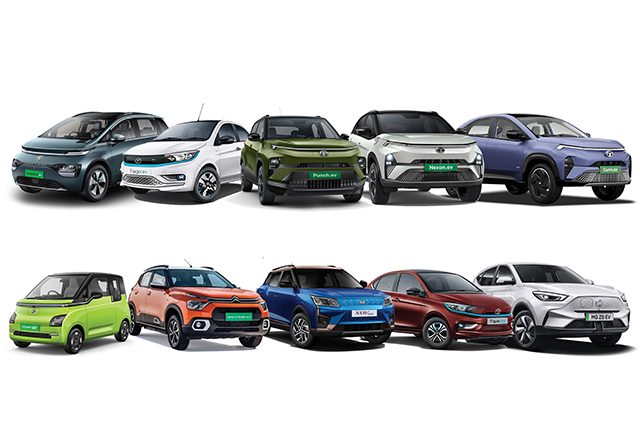
There is now a varied spread of electric cars costing less than Rs 20 lakh. Here is a quick guide on which one works best in which situation.
The average sale price for cars in India has increased quite a bit over the years. What was Rs 7.65 lakh in 2018-19 has now risen to Rs 11.5 lakh in 2023-24. More and more people are spending larger sums of money for their first car, and quite a few of these people are buying EVs. So, we have compiled a handy guide for EVs under Rs 20 lakh. Our review of each car is linked in the heading.

MG Comet EV: Rs 6.99 lakh onwards
Who says three-door cars are expensive? The three-door MG Comet EV is the most affordable EV in India right now. It is also a dedicated city car, designed from the ground up to filter through the urban hustle and bustle. It is also rear-wheel drive, which gives it serious go-kart-like tendencies. But not once does it feel built to a cost, as the premium materials and the minimalist aesthetics of the cabin elevate the in-car experience. There’s a 17.3-kWh battery that provides a claimed range of 230 km. While there’s no fast charging capability present, the battery takes 7 hours for a full charge and around 5 hours for 0-80 per cent SOC (state of charge) via the 3.3-kW on-board charger.
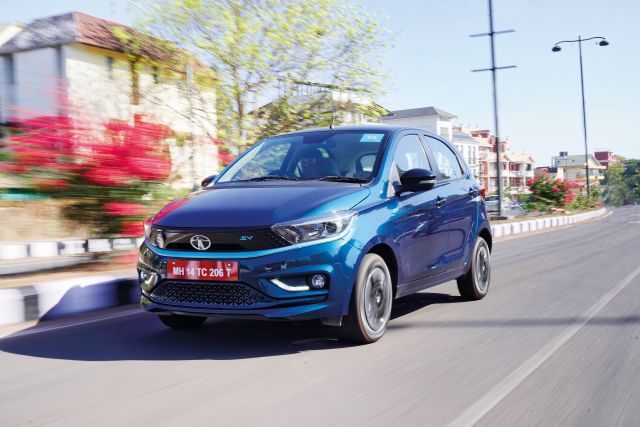
Tata Tiago EV: Rs 7.99 lakh onwards
Tata’s most-affordable EV is a solid, no-nonsense offering that delivers exactly what it promises. It is a conventional hatchback, with everything one expects from a car in this segment, except the fact that it’s powered by a battery and a motor. It also offers a hot-hatchback like feel thanks to zippy acceleration provided by the electric motor, and it is the least-expensive car in India to offer DC fast-charging. It comes in two variants, a 19.2-kWh medium range (MR) and a 24-kWh long range (LR), with claimed ranges of 250 km and 315 km respectively. The charging time on a 25-kW DC fast charger for both variants is 57 minutes for 10-80 per cent SOC; home charging (10-100 per cent SOC) on the 3.3-kW charger takes 5 hours 5 minutes (MR) and 6 hours 20 minutes (LR). An optional 7.2-kW charger can bring these times down to 2 hours 35 minutes (MR) and 3 hours 35 minutes(LR).
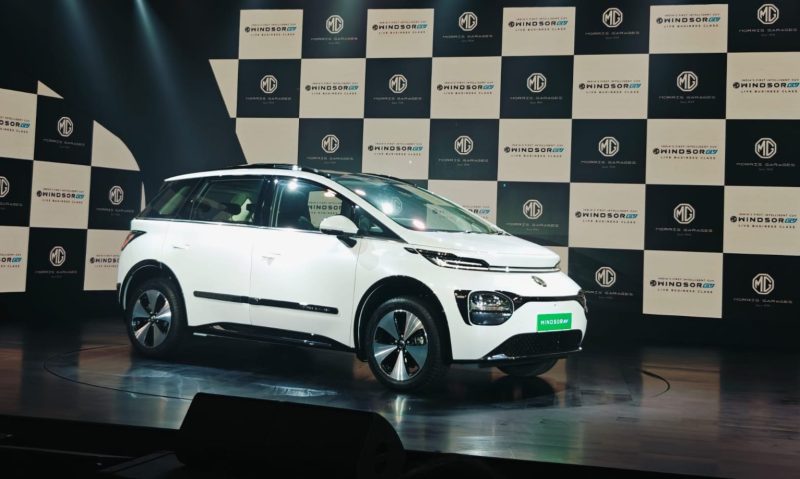
MG Windsor EV: Rs 9.99 lakh onwards
With the recently launched MG Windsor EV, MG have introduced a Battery-as-a-Service (BaaS) program, which makes the initial purchase price of this full-size EV on par with the ICE competition. Customers will only pay for battery usage, which is 40 per cent of equivalent petrol vehicles, as claimed by MG. However, the minimum cost per month that needs to be paid is for 1,500 km, so for those who drive less than that per month, the economic advantage is diminished. The MG Windsor EV is powered by a single electric motor that puts out 100 kW and 200 Nm juiced by a 38-kWh battery pack. Charging time is 13 hours 48 minutes via a 3.3-kW charger, which comes down to 6 hours 30 minutes with the optional 7.2-kW charger (standard on the top trim). DC fast charging time is 55 minutes on a 50-kW fast charger.
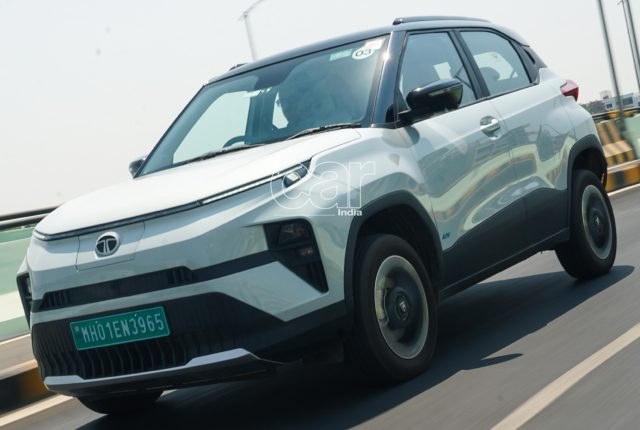
Tata Punch EV: Rs 10.99 lakh onwards
Tata’s first car based on their new electric-only “Acti.ev” platform, which has a skateboard architecture, the Punch EV retains the quirky design cues from the ICE Punch, and at the first glance it doesn’t appear to be based on a completely different platform. The flat floorboard does endow the Punch EV with 190-mm ground clearance, which is ample for a compact vehicle. The Punch EV has two powertrain options, the standard one with a 25-kWh battery and the Long Range (LR) with a 35-kWh battery. Using any 15-ampere socket or the 3.3-kW wall box charger, the Punch EV can get from 10-100 per cent SOC in 9 hours 24 minutes (13 hours 30 minutes for the LR). The optional 7.2-kW wall-box charger brings that time down to 3 hours 36 minutes (5 hours for the LR). Finally, on a 50-kW DC fast-charger, the Punch EV as well as the Punch EV LR reach 10-80 per cent SOC in 56 minutes. Tata have recently revised the price of the Punch EV, which now starts from Rs 9.99 lakh, but this price is valid till 31 October 2024.
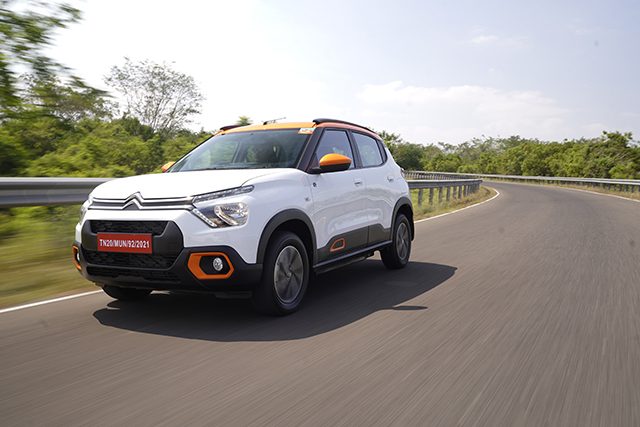
Citroën ëC3: Rs 11.97 lakh onwards
The least expensive electric crossover on the market comes from the French, in the form of the Citroën ëC3, the electrified version of the C3. Just like its ICE-powered counterpart, the ëC3 rides really well, however, unless one opts for the pricier Shine variant, the interior is a bit too sparse. Another highlight of the ëC3 is the design which, though subjective, we feel is decidedly eye-catching. The ëC3 packs a 29.2-kWh battery, which gives it a claimed range of 320 km. The on-board 3.3-kW charger takes 10 hours 30 minutes to charge it from 10-100 per cent, while 50-kW DC fast-charging can juice it up to 100 per cent from zero in 57 minutes.
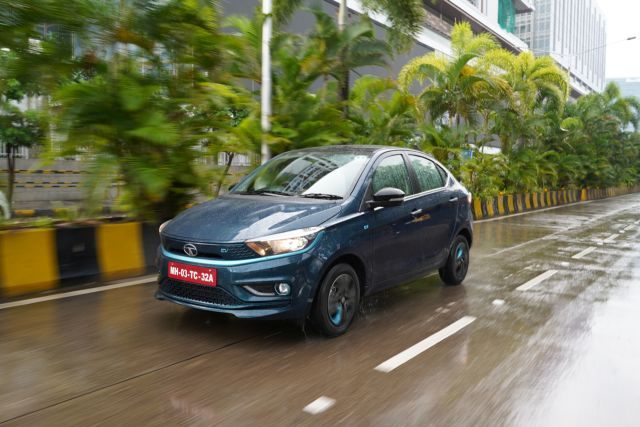
Tata Tigor EV: Rs 12.49 lakh onwards
The most attainable EV sedan comes in the form of the Tata Tigor EV. It is nearly identical to the Tiago EV except the form factor. Like the Tiago, the Tigor is a car that’s available with petrol, CNG or electric powertrains, thus giving customers multiple options regardless of their preference. Unlike the Tiago EV, the Tigor EV comes with just one 26-kWh battery pack which gives it a claimed range of 315 km. Charging time is 59 minutes on a 25-kW DC fast charger (10-80 per cent SOC), while it takes 9 hours 24 minutes for 10-100 per cent on either a 15A wall socket or using the optional wallbox charger (which, unlike the 7.2-kW charger on other models, is a 3.3-kW unit).
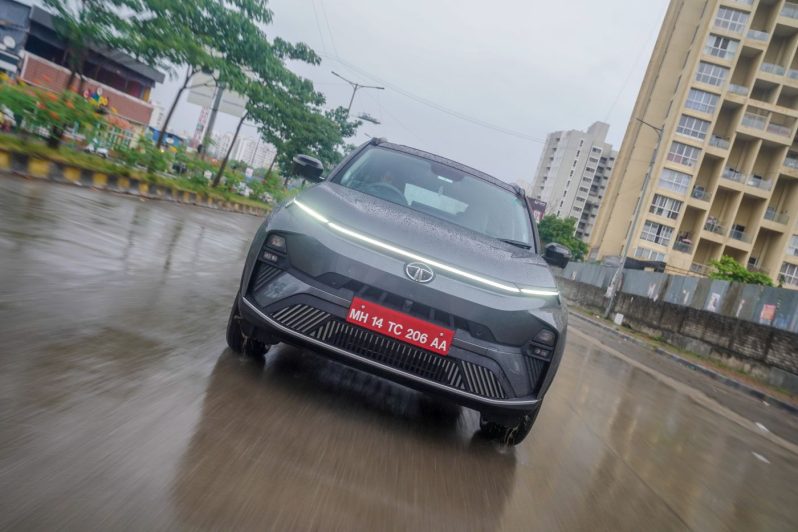
Tata Nexon EV: Rs 14.49 lakh onwards
The EV that essentially made Tata one of the top choices for EVs in the market, the Nexon EV has been given a thorough refresh recently, with a more futuristic design and a 12.3-inch touchscreen. The changes are more than skin-deep, as the updated Nexon EV comes with a new motor that Tata call the “Gen 2 motor” which has more compact packaging and is 20 kg lighter, according to Tata. Tata claim that it can spin at up to 16,000 rpm. There are two powertrains, the medium range (MR) and the long range (LR), with 30-kWh and 40.5-kWh battery packs respectively. Claimed ranges are 325 km for the MR and 465 km for the LR. Charging time for 10-100 per cent SOC on a 15A socket or the 3.3-kW wall-box charger is 10 hours 30 minutes (15 hours for LR) which comes down to 4 hours 18 minutes (6 hours for the LR) with the optional 7.2-kW wall-box. DC fast-charging time is 56 minutes for both on a 50-kW charger for 10-80 per cent SOC. Tata have also revised the price of the Punch EV, which now starts from Rs 12.49 lakh, but just like the Punch EV, the price is valid till 31 October 2024.
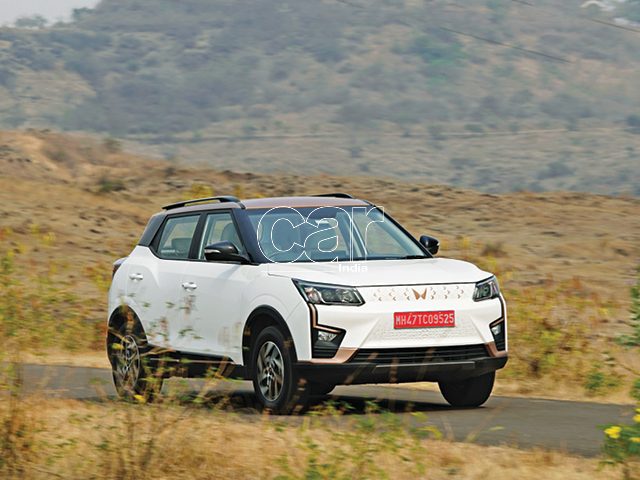
Mahindra XUV400: Rs 15.49 lakh onwards
While the Mahindra XUV400 was launched only in January 2023, it was soon given a comprehensive update with the new Pro range. The Mahindra XUV400 comes in two primary trims, EC Pro and EL Pro, with the latter getting two battery pack options. Some of the major updates are the 10.25-inch driver’s display and the identically-sized infotainment screen, inclusion of dual-zone climate control and rear a-c vents. The standard battery is a 34.5-kWh one, which provides a claimed range of 359 km, while the EL Pro gets an optional 39.5-kWh battery which has a claimed range of 456 km. The 3.3-kW charger takes 13 hours 30 minutes, while the 7.2-kW charger that comes with the EL Pro variant takes 6 hours 30 minutes to charge the battery. DC fast-charging takes 50 minutes.
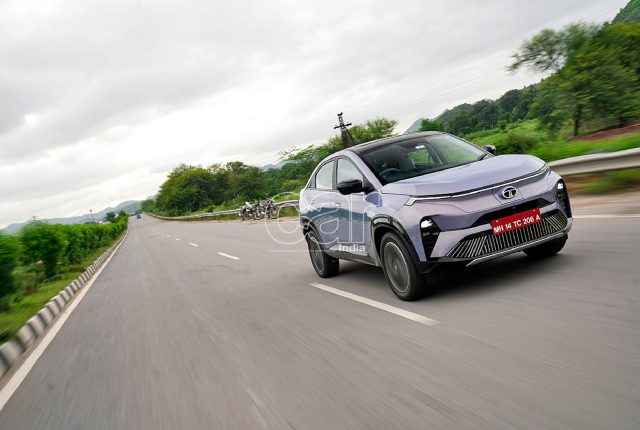
Tata Curvv EV: Rs 17.49 lakh onwards
Unlike the Tata Nexon EV, the Tata Curvv EV is based on the same Acti.ev skateboard platform which underpins the Tata Punch EV. It gets two powertrains–one with a 55-kWh battery pack and the other with a 45-kWh battery pack. The former gets a 123 kW motor while the latter receives a 110 kW motor. The higher capacity motor in the Curvv EV is capable of 0-100 km/h acceleration in 8.6 seconds (claimed). Charging times for the 55-kW variant for 10-100 per cent SOC is 7 hours 54 minutes using the 7.2-kW charger, and 21 hours using a regular 15A wall socket; the 45-kW version manages these same charge states in 6 hours 30 minutes and 17 hours 30 minutes respectively. Fast charging time for 10-80 per cent SOC for both is 40 minutes, however, these have been measured by Tata using a 7kW charger for the 55-kW version and a 60-kW charger for the 45-kW version.
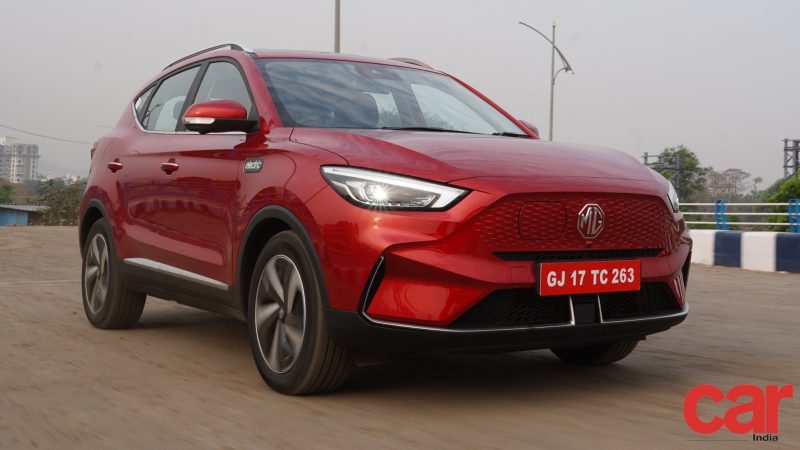
MG ZS EV: Rs 18.98 lakh onwards
One of the EV pioneers in the Indian market, the MG ZS EV was launched back in January 2020, but since then the EV market has gone through a sea change. MG gave the ZS EV a comprehensive update in 2022, which brought in changes more in line with changing customer expectations. One of the biggest changes is the new 50.3-kWh battery pack which replaces the old 44.5-kWh unit. Claimed range went up by 42 km, for a total of 461 km. The 7.4-kW wall-box charger can get the battery from 0 to 100 percent in 8.5 to 9 hours, while a DC fast-charger can do 0-80 per cent SOC in 60 minutes. It will take 18 to 19 hours if plugged into a regular 15A socket (0-100 per cent SOC).
These are the EVs currently on sale for under Rs 20 lakh, and there are all kinds of cars here, small city cars, hatchbacks, sedans, and SUVs of multiple sizes, so if someone is in the market for an EV under Rs 20 lakh, they’re spoilt for choice as there’s something for nearly everyone.


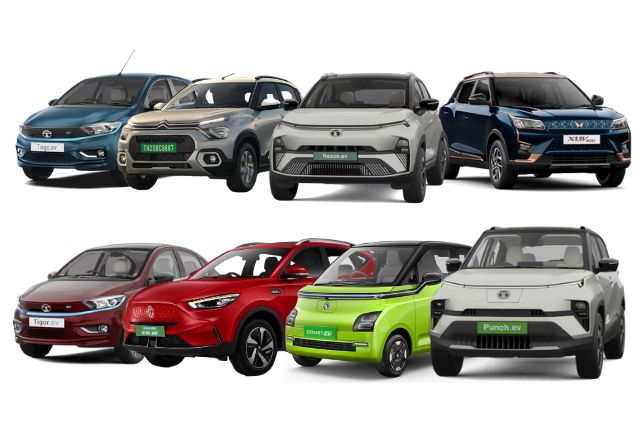















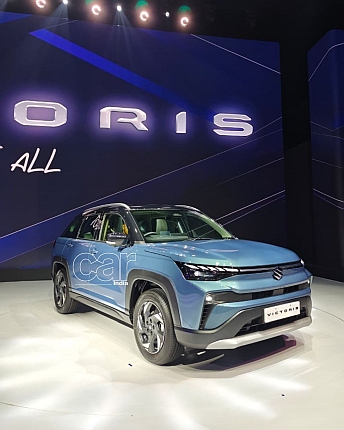


Leave a Reply